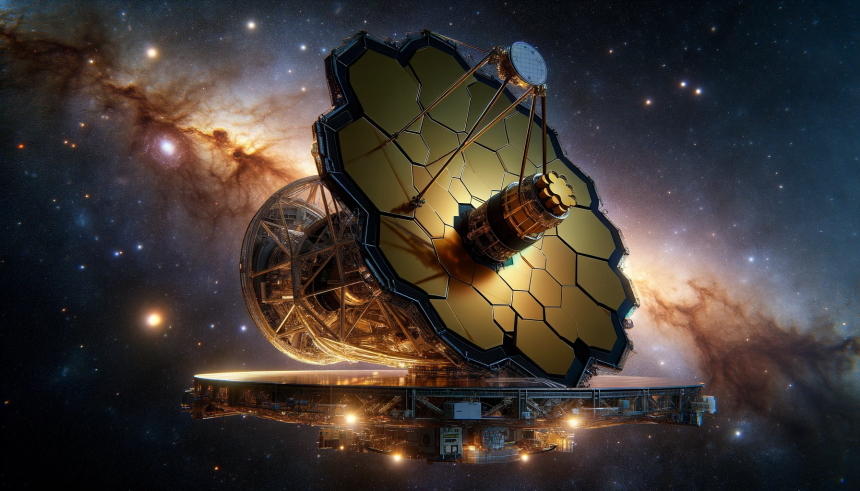NASA astronauts Butch Wilmore and Suni Williams successfully embarked on the first crewed test flight aboard Boeing’s Starliner spacecraft, heading towards the International Space Station (ISS). This mission marks a critical step in NASA’s Commercial Crew Program, aiming to certify the Starliner for regular missions to the ISS. The liftoff occurred at 10:52 a.m. EDT on a United Launch Alliance (ULA) Atlas V rocket from Cape Canaveral Space Force Station in Florida.
The Boeing Starliner spacecraft, developed as part of NASA’s Commercial Crew Program, is designed to transport crew to and from the ISS. It was first launched in December 2019, although the initial mission faced technical challenges. The spacecraft has since undergone extensive testing, including uncrewed orbital flights and a pad abort test, to ensure safety and reliability for crewed missions.
The current mission is an end-to-end test of the Starliner system, evaluating its performance from liftoff to docking with the ISS. Previous information indicated challenges in earlier uncrewed flights, which necessitated further rigorous test flights. Compared to earlier missions, this launch involved extensive preparations to ensure the spacecraft’s readiness for carrying astronauts.
Flight Test Details
The flight test will validate various elements, including the transportation system, launch pad, rocket, and spacecraft capabilities. The mission aims to demonstrate a safe and efficient journey to the ISS and a secure return to Earth. During the flight, automatic spacecraft maneuvers will be monitored from Boeing’s mission control in Houston, while NASA teams oversee space station operations from the Johnson Space Center.
Mission Objectives
Wilmore and Williams will perform several tests to verify the Starliner’s systems, including the environmental control system, displays, control system, and thrusters. The spacecraft is expected to dock with the ISS on June 6 and will remain there for approximately one week. The astronauts will then join the Expedition 71 crew for various in-orbit activities.
Key Insights
– The mission is a significant milestone in validating Starliner’s readiness for crewed missions.
– Previous uncrewed flights faced technical issues that have since been addressed.
– The current test flight involves comprehensive monitoring and evaluation of spacecraft performance.
NASA’s commercial partnerships with private industry aim to ensure safe, reliable, and cost-effective transportation to the ISS. This approach opens access to low Earth orbit for more people and scientific endeavors. The success of this mission will further strengthen the collaboration between NASA, Boeing, and ULA, paving the way for future manned missions and greater exploration capabilities.










